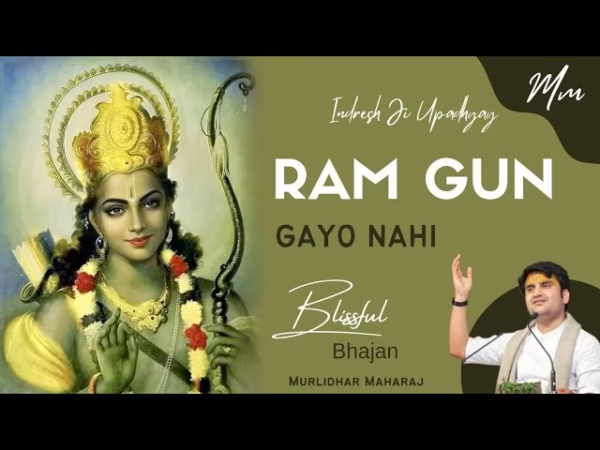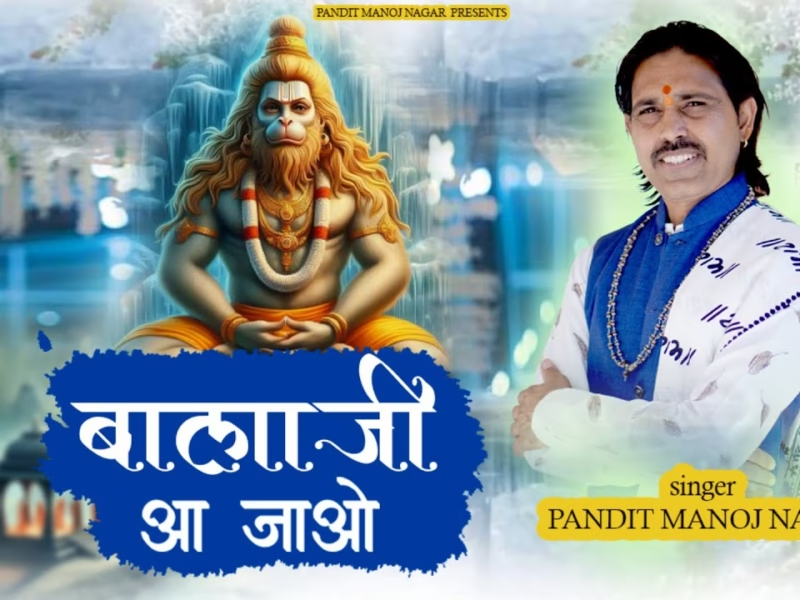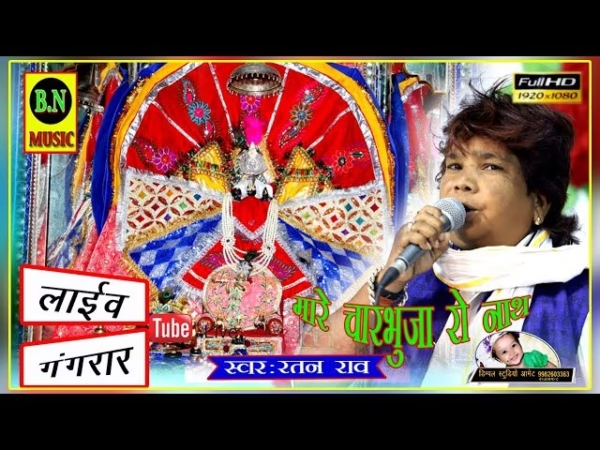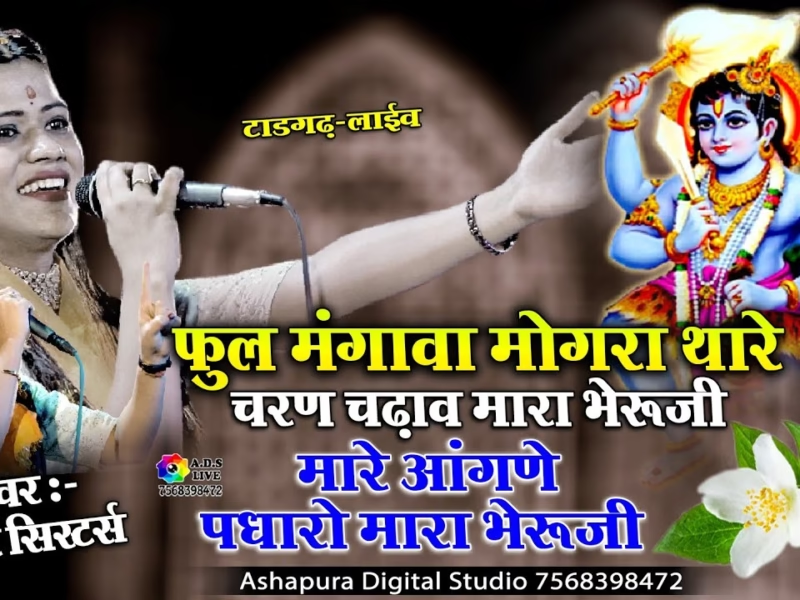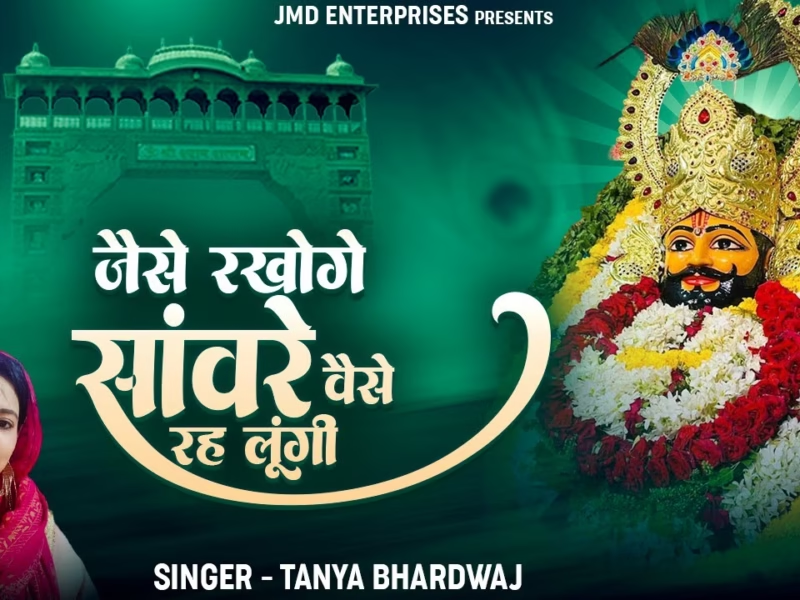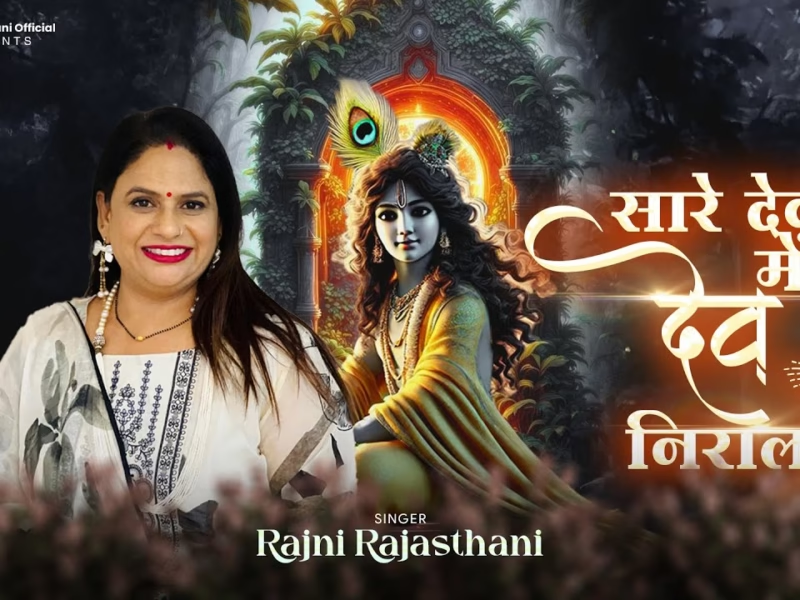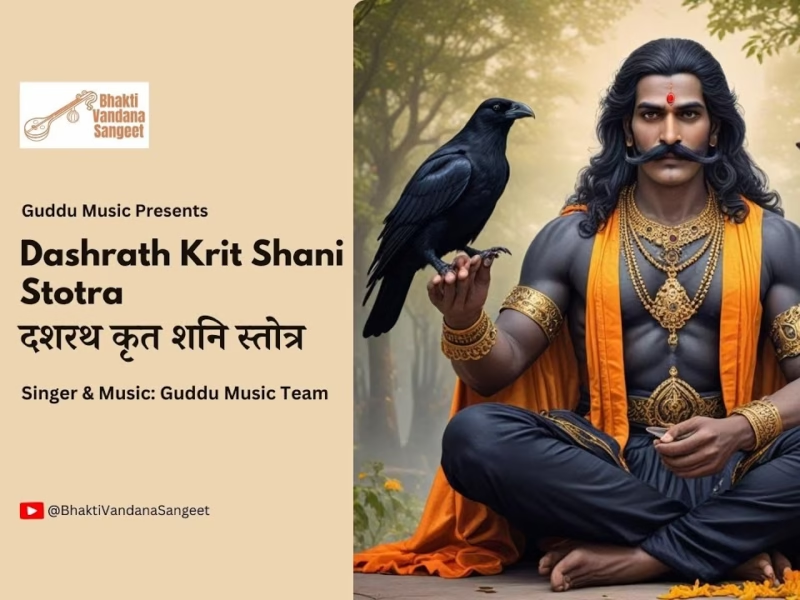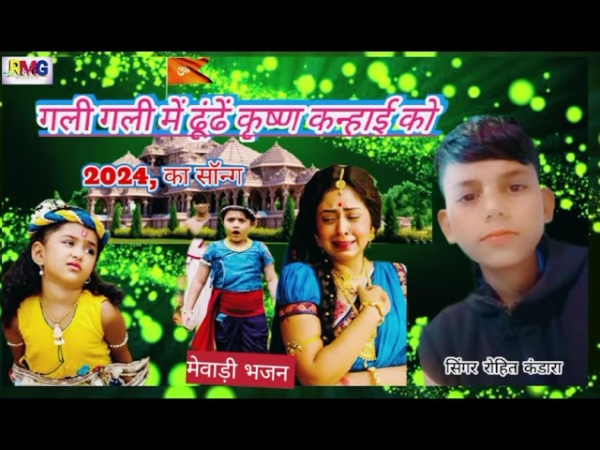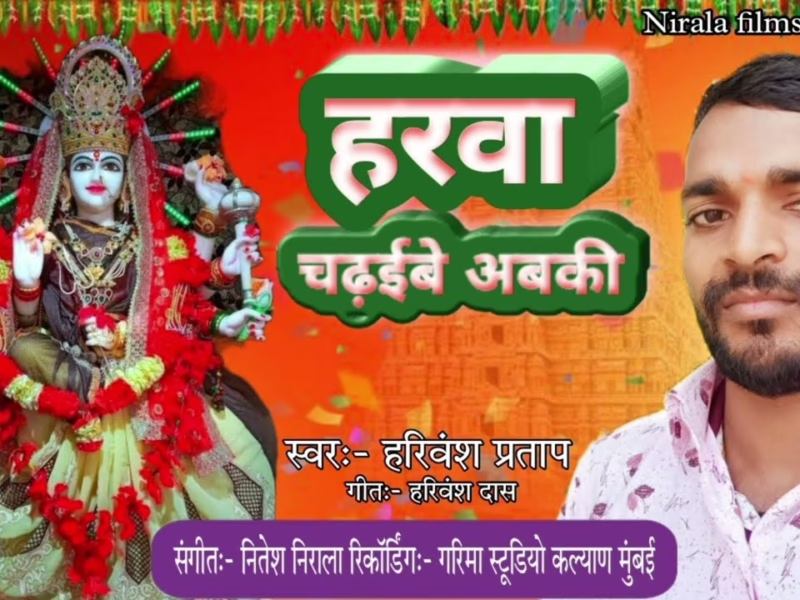Om ! May He protect us both together; may He nourish us both together;
May we work conjointly with great energy,
May our study be vigorous and effective;
May we not mutually dispute (or may we not hate any).
Om ! Let there be Peace in me !
Let there be Peace in my environment !
Let there be Peace in the forces that act on me !
1. Even if sin should accumulate to a mountain extending over many Yojanas (distance), it is destroyed by Dhyana-Yoga. At no time has been found a destroyer of sins like this.
2. Bijakshara (seed-letter) is the supreme Bindu. Nada (spiritual sound) is above it. When that Nada ceases along with letter, then the Nada-less is supreme state.
3. The Yogin who considers as the highest that which is above Nada, which is Anahata, has all his doubts destroyed.
4. If the point of a hair be divided into one hundred thousand parts, this (Nada) is one-half of that still further divided; and when (even) this is absorbed, the Yogin attains to the stainless Brahman.
5-6. One who is of a firm mind and without the delusion (of sensual pleasures) and ever resting in Brahman, should see like the string (in a rosary of beads) all creatures (as existing) in Atman like odour in flowers, ghee in milk, oil in gingelly seeds and gold in quartz.
7. Again just as the oil depends for its manifestation upon gingelly seeds and odour upon flowers, so does the Purusha depend for its existence upon the body, both external and internal.
8. The tree is with parts and its shadow is without parts but with and without parts, Atman exists everywhere.
9(a). The one Akshara (letter OM) should be contemplated upon as Brahman by all who aspire for emancipation.
9(b)-10(a). Prithvi, Agni, Rig-Veda, Bhuh and Brahma — all these (are absorbed) when Akara (A), the first Amsa (part) of Pranava (OM) becomes absorbed.
10(b)-11(a). Antariksha, Yajur-Veda, Vayu, Bhuvah and Vishnu, the Janardana – all these (are absorbed) when Ukara (U), the second Amsa of Pranava becomes absorbed.
11(b)-12(a). Dyur, sun, Sama-Veda, Suvah and Maheshvara – all these (are absorbed) when Makara (M), the third Amsa of Pranava becomes absorbed.
12(b)-13(a). Akara is of (Pita) yellow colour and is said to be of Rajo-Guna; Ukara is of white colour and of Sattva-Guna; Makara is of dark colour and of Tamo-Guna.
13(b)-14(a). He who does not know Omkara as having eight Angas (parts), four Padas (feet), three Sthanas (seats) and five Devatas (presiding deities) is not a Brahmana.
14(b)-15. Pranava is the bow. Atman is the arrow and Brahman is said to be the aim. One should aim at it with great care and then he, like the arrow, becomes one with It. When that Highest is cognised, all Karmas return (from him, viz., do not affect him).
16. The Vedas have Omkara as their cause. The Swaras (sounds) have Omkara as their cause. The three worlds with (all) the locomotive and the fixed (ones in them) have Omkara as their cause.
17. The short (accent of OM) burns all sins, the long one is decayless and the bestower of prosperity. United with Ardha-Matra (half-metre of OM), the Pranava becomes the bestower of salvation.
18. That man is the knower of the Vedas who knows that the end (viz., Ardha-Matra) of Pranava should be worshipped (or recited) as uninterrupted as the flow of oil and (resounding) as long as the sound of a bell.
19. One should contemplate upon Omkara as Ishvara resembling an unshaken light, as of the size of a thumb and as motionless in the middle of the pericarp of the lotus of the heart.
20. Taking in Vayu through the left nostril and filling the stomach with it, one should contemplate upon Omkara as being in the middle of the body and as surrounded by circling flames.
21. Brahma is said to be inspiration, Vishnu is said to be cessation (of breath) and Rudra is said to be expiration. These are the Devatas of Pranayama.
22. Having made Atman as the (lower) Arani (sacrificial wood) and Pranava as the upper Arani, one should see the God in secret through the practice of churning which is Dhyana.
23. One should practise restraint of breath as much as it lies in his power along with (the uttering of) Omkara sound, until it ceases completely.
24. Those who look upon OM as of the form of Hamsa staying in all, shining like Crores of suns, being alone, staying in Gamagama (ever going and coming) and being devoid of motion – at last such persons are freed from sin.
25. That Manas which is the author of the actions (viz.,) creation, preservation and destruction of the three worlds, is (then) absorbed (in the supreme One). That is the highest state of Vishnu.
26. The lotus of the heart has eight petals and thirty-two filaments. The sun is in its midst; the moon is in the middle of the sun.
27. Agni is in the middle of the moon; the Prabha (spiritual light) is in the middle of Agni. Pitha (seat or centre) is in the midst of Prabha, being set in diverse gems.
28-29. One should meditate upon the stainless Lord Vasudeva as being (seated) upon the centre of Pitha, as having Srivatsa (black mark) and Kaustubha (garland of gems) on his chest and as adorned with gems and pearls resembling pure crystal in lustre and as resembling Crores of moons in brightness. He should meditate upon Maha-Vishnu as above or in the following manner.
30-31. (That is) he should meditate with inspiration (of breath) upon Maha-Vishnu as resembling the Atasi flower and as staying in the seat of navel with four hands; then with restraint of breath, he should meditate in the heart upon Brahma, the Grandfather as being on the lotus with the Gaura (pale-red) colour of gems and having four faces;
32-34(a). Then through expiration, he should meditate upon the three-eyed Shiva between the two eyebrows shining like the pure crystal, being stainless, destroying all sins, being in that which is like the lotus facing down with its flower (or face) below and the stalk above or like the flower of a plantain tree, being of the form of all Vedas, containing one hundred petals and one hundred leaves and having the pericarp full-expanded.
34(b)-35. There he should meditate upon the sun, the moon and the Agni, one above another. Passing above through the lotus which has the brightness of the sun, moon and Agni and taking its Hrim Bija (letter), one leads his Atman firmly.
36. He is the knower of Vedas who knows the three seats, the three Matras, the three Brahmas, the three Aksharas (letters) and the three Matras associated with the Ardha-Matra.
37. He who knows that which is above Bindu, Nada and Kala as uninterrupted as the flow of oil and (resounding) as long as the sound of a bell – that man is a knower of the Vedas.
38. Just as a man would draw up (with his mouth) the water through the (pores of the) lotus-stalk, so the Yogin treading the path of Yoga should draw up the breath.
39. Having made the lotus-sheath of the form of Ardha-Matra, one should draw up the breath through the stalk (of the Nadis Susumna, Ida and Pingala) and absorb it in the middle of the eyebrows.
40. He should know that the middle of the eyebrows in the forehead which is also the root of the nose is the seat of nectar. That is the great place of Brahman.
41. Postures, restraint of breath, subjugation of the senses, Dharana, Dhyana and Samadhi are the six parts of Yoga.
42. There are as many postures as there are living creatures; and Maheshvara (the great Lord) knows their distinguishing features.
43. Siddha, Bhadra, Simha and Padma are the four (chief) postures. Muladhara is the first Chakra. Svadhisthana is the second.
44. Between these two is said to be the seat of Yoni (perineum), having the form of Kama (God of love). In the Adhara of the anus, there is the lotus of four petals.
45-46. In its midst is said to be the Yoni called Kama and worshipped by the Siddhas. In the midst of the Yoni is the Linga facing the west and split at its head like the gem. He who knows this, is a knower of the Vedas.
47. A four-sided figure is situated above Agni and below the genital organ, of the form of molten gold and shining like streaks of lightning. Prana is with its Sva (own) sound, having Svadhisthana as its Adhisthana (seat), (or since Sva or Prana arises from it).
48. The Chakra Svadhisthana is spoken of as the genital organ itself. The Chakra in the sphere of the navel is called Manipuraka, since the body is pierced through by Vayu like Manis (gems) by string.
49-50(a). The Jiva (ego) urged to actions by its past virtuous and sinful Karmas whirls about in this great Chakra of twelve spokes, so long as it does not grasp the truth.
50(b). Above the genital organ and below the navel is Kanda of the shape of a bird’s egg.
51. There arise (from it) Nadis seventy-two thousand in number. Of these seventy-two are generally known.
52-53. Of these, the chief ones are ten and carry the Pranas. Ida, Pingala, Susumna, Gandhari, Hastijihva, Pusha, Yasasvini, Alambusa, Kuhuh and Sankhini are said to be the ten.
54-55(a). This Chakra of the Nadis should ever be known by the Yogins. The three Nadis Ida, Pingala and Susumna are said to carry Prana always and have as their Devatas, moon, sun and Agni.
55(b)-56(a). Ida is on the left side and Pingala on the right side, while the Susumna is in the middle. These three are known to be the paths of Prana.
56(b)-57. Prana, Apana, Samana, Udana and Vyana; Naga, Kurma, Krikara, Devadatta and Dhananjaya; of these, the first five are called Pranas, etc., and last five Naga, etc., are called Vayus (or sub-Pranas).
58. All these are situated (or run along) the one thousand Nadis, (being) in the form of (or producing) life. Jiva which is under the influence of Prana and Apana goes up and down.
59-60(a). Jiva on account of its ever moving by the left and right paths is not visible. Just as a ball struck down (on the earth) with the bat of the hand springs up, so Jiva ever tossed by Prana and Apana is never at rest.
60(b)-61(a). He is knower of Yoga who knows that Prana always draws itself from Apana and Apana draws itself from Prana, like a bird (drawing itself from and yet not freeing itself) from the string (to which it is tied).
61(b)-63. The Jiva comes out with the letter ‘Ha’ and gets in again with the letter ‘Sa’. Thus Jiva always utters the Mantra ‘Hamsa’, ‘Hamsa’. The Jiva always utters the Mantra twenty-one thousand and six hundred times in one day and night. This is called Ajapa Gayatri and is ever the bestower of Nirvana to the Yogins.
64-66(a). Through its very thought, man is freed from sins. Neither in the past nor in the future is there a science equal to this, a Japa equal to this or a meritorious action equal to this. Parameshvari (viz., Kundalini Sakti) sleeps shutting with her mouth that door which leads to the decayless Brahma-hole.
66(b)-68. Being aroused by the contact of Agni with Manas and Prana, she takes the form of a needle and pierces up through Susumna. The Yogin should open with great effort this door which is shut. Then he will pierce the door to salvation by means of Kundalini.
69. Folding firmly the fingers of the hands, assuming firmly the Padma posture, placing the chin firmly on the breast and fixing the mind in Dhyana, one should frequently raise up the Apana, fill up with air and then leave the Prana. Then the wise man gets matchless wisdom through (this) Sakti.
70. That Yogin who assuming Padma posture worships (i.e., controls) Vayu at the door of the Nadis and then performs restraint of breath is released without doubt.
71-72. Rubbing off the limbs the sweat arising from fatigue, abandoning all acid, bitter and saltish (food), taking delight in the drinking of milk and Rasa, practising celibacy, being moderate in eating and ever bent on Yoga, the Yogin becomes a Siddha in little more than a year. No inquiry need be made concerning the result.
73. Kundalini Sakti, when it is up in the throat, makes the Yogi get Siddhi. The union of Prana and Apana has the extinction of urine and faeces.
74-75(a). One becomes young even when old through performing Mula-Bandha always. Pressing the Yoni by means of the heels and contracting the anus and drawing up the Apana – this is called Mula-Bandha.
75(b)-76. Uddiyana Bandha is so called because it is (like) a great bird that flies up always without rest. One should bring the western part of the stomach above the navel.
77. This Uddiyana Bandha is a lion to the elephant of death, since it binds the water (or nectar) of the Akasa which arises in the head and flows down.
78-79(a). The Jalandhara Bandha is the destroyer of all the pains of the throat. When this Jalandhara Bandha which is destroyer of the pains of the throat is performed, then nectar does not fall on Agni nor does the Vayu move.
79(b)-80(a). When the tongue enters backwards into the hole of the skull, then there is the Mudra of vision latent in the eyebrow called Khechari.
80(b)-81(a). He who knows the Mudra Khechari has not disease, death, sleep, hunger, thirst, or swoon.
81(b)-83(a). He who practises this Mudra is not affected by illness or Karma; nor is he bound by the limitations of time. Since Chitta moves in the Kha (Akasa) and since the tongue has entered (in the Mudra) Kha (viz., the hole in the mouth). Therefore the Mudra is called Khechari and worshipped by the Siddhas.
83(b)-84. He whose hole (or passage) above the Uvula is closed (with the tongue backwards) by means of Khechari-Mudra never loses his virility, even when embraced by a lovely woman. Where is the fear of death, so long as the Bindu (virility) stays in the body.
85-86(a). Bindu does not go out of the body, so long as the Khechari-Mudra is practised. (Even) when Bindu comes down to the sphere of the perineum, it goes up, being prevented and forced up by violent effort through Yoni-Mudra.
86(b)-87. This Bindu is twofold, white and red. The white one is called Sukla and the red one is said to contain much Rajas. The Rajas which stays in Yoni is like the colour of a coral.
88. The Bindu stays in the seat of the genital organs. The union of these two is very rare. Bindu is Shiva and Rajas is Sakti. Bindu is the moon and Rajas is the sun.
89-90(a). Through the union of these two is attained the highest body; when Rajas is roused up by agitating the Sakti through Vayu which unites with the sun, thence is produced the divine form.
90(b)-92. Sukla being united with the moon and Rajas with the sun, he is a knower of Yoga who knows the proper mixture of these two. The cleansing of the accumulated refuse, the unification of the sun and the moon and the complete drying of the Rasas (essences), this is called Maha-Mudra.
93. Placing the chin on the breast, pressing the anus by means of the left heel and seizing (the toe of) the extended right leg by the two hands, one should fill his belly (with air) and should slowly exhale. This is called Maha-Mudra, the destroyer of the sins of men.
94. Now I shall give a description of Atman. In the seat of the heart is a lotus of eight petals. In its centre is Jivatma of the form of Jyotis and atomic in size, moving in a circular line. In it is located everything. In knows everything. It does everything. It does all these actions attributing everything to its own power, (thinking) I do, I enjoy, I am happy, I am miserable, I am blind, I am lame, I am deaf, I am mute, I am lean, I am stout, etc. When it rests on the eastern petal which is of Sveta (white) colour, then it has a mind (or is inclined) to Dharma with Bhakti (devotion). When it rests on the south-eastern petal, which is of Rakta (blood colour), then it is inclined to sleep and laziness. When it rests on the southern petal, which is of Krishna (black) colour, then it is inclined to hate and anger. When it rests on the south-western petal which is of Nila (blue) colour, then it gets desire for sinful or harmful actions. When it rests on the western petal which is of crystal colour, then it is inclined to flirt and amuse. When it rests on the north-western petal which is of ruby colour, then it has a mind to walk, rove and have Vairagya (or be indifferent). When it rests on the northern petal which is Pita (yellow) colour, then it is inclined to be happy and to be loving. When it rests on the north-eastern petal which is of Vaidurya (Lapis Lazuli) colour, then it is inclined to amassing money, charity and passion. When it stays in the inter-space between any two petals, then it gets the wrath arising from diseases generated through (the disturbance of the equilibrium of) Vayu, bile and phlegm (in the body). When it stays in the middle, then it knows everything, sings, dances, speaks and is blissful. When the eye is pained (after a day’s work), then in order to remove (its) pain, it makes first a circular line and sinks in the middle. The first line is of the colour of Bandhuka flower (Bassia). Then is the state of sleep. In the middle of the state of sleep is the state of dream. In the middle of the state of dream, it experiences the ideas of perception, Vedas, inference, possibility, (sacred) words, etc. Then there arises much fatigue. In order to remove this fatigue, it circles the second line and sinks in the middle. The second is of the colour of (the insect) Indragopa (of red or white colour). Then comes the state of dreamless sleep.
During the dreamless sleep, it has only the thought connected with Parameshvara (the highest Lord) alone. This state is of the nature of eternal wisdom. Afterwards it attains the nature of the highest Lord (Parameshvara). Then it makes a round of the third circle and sinks in the middle. The third circle is of the colour of Padmaraga (ruby). Then comes the state of Turya (the fourth). In Turya, there is only the connection of Paramatman. It attains the nature of eternal wisdom. Then one should gradually attain the quiescence of Buddhi with self-control. Placing the Manas in Atman, one should think of nothing else. Then causing the union of Prana and Apana, he concentrates his aim upon the whole universe being of the nature of Atman. Then comes the state of Turiyatita (viz., that state beyond the fourth). Then everything appears as bliss. He is beyond the pairs (of happiness and pains, etc.,). He stays here as long as he should wear his body. Then he attains the nature of Paramatman and attains emancipation through this means. This alone is the means of knowing Atman.
When Vayu (breath) which enters the great hole associated with a hall where four roads meet gets into the half of the well-placed triangle, then is Achyuta (the indestructible) seen.
95. Above the aforesaid triangle, one should meditate on the five Bija (seed) letters of (the elements) Prithvi, etc., as also on the five Pranas, the colour of the Bijas and their position. The letter ‘Ya’ is the Bija of Prana and resembles the blue cloud. The letter ‘Ra’ is the Bija of Agni, is of Apana and resembles the sun.
96. The letter ‘La’ is the Bija of Prithvi, is of Vyana and resembles Bandhuka flower. The letter ‘Va’ is the Bija of Jiva (or Vayu), is of Udana and is of the colour of the conch.
97-99(a). The letter ‘Ha’ is the Bija of Akasa, is of Samana and is of the colour of crystal. Prana stays in the heart, navel, nose, ear, foot, finger and other places, travels through the seventy-two thousand Nadis, stays in the twenty-eight Crores of hair-pores and is yet the same everywhere. It is that which is called Jiva.
99(b)-101(a). One should perform the three, expiration, etc., with a firm will and great control; and drawing in everything (with the breath) in slow degrees, he should bind Prana and Apana in the cave of the lotus of the heart and utter Pranava, having contracted his throat and the genital organ.
101(b)-102. From the Muladhara (to the head) is the Susumna resembling the shining thread of the lotus. The Nada is located in the Vinadanda (spinal column); that sound from its middle resembles (that of) the conch, etc.
103-104(a). When it goes to the hole of Akasa, it resembles that of the peacock. In the middle of the cave of the skull between the four doors shines Atman, like the sun in the sky.
104(b)-105. Between the two bows in the Brahma-hole, one should see Purusha with Sakti as his own Atman. Then his Manas is absorbed there. That man attains Kaivalya who understands the gems, moonlight, Nada, Bindu and the seat of Maheshvara (the great Lord).
Thus is the Upanishad.
Om ! May He protect us both together; may He nourish us both together;
May we work conjointly with great energy,
May our study be vigorous and effective;
May we not mutually dispute (or may we not hate any).
Om ! Let there be Peace in me !
Let there be Peace in my environment !
Let there be Peace in the forces that act on me !
Here ends the Dhyanabindu Upanishad belonging to the Krishna-Yajur-Veda.

